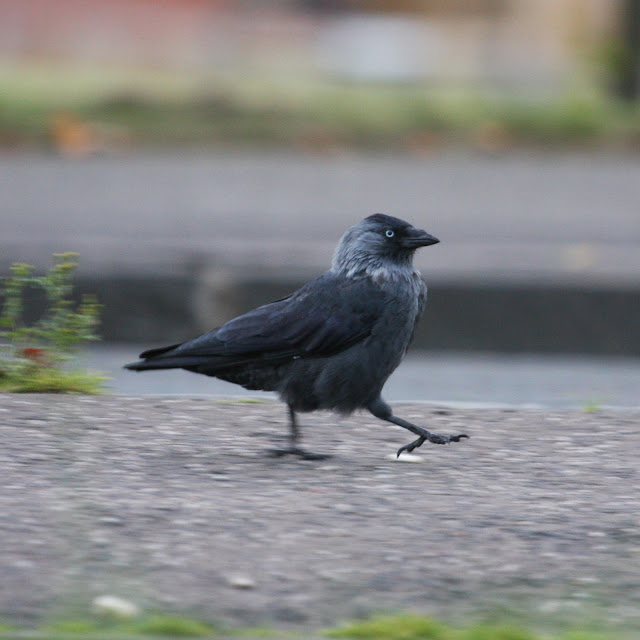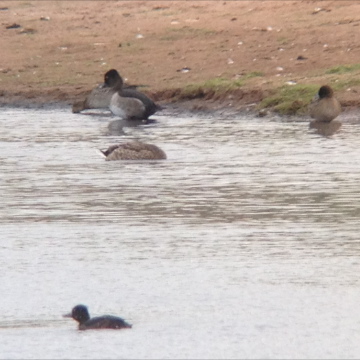 |
| One of two Yellow-browed Warblers at Scoughall today |
With unprecedented numbers along the east coast of Scotland, we are in the middle of the largest invasion of Yellow-browed Warblers into Lothian. Today Mike H managed to see 9 in total! There have been approximately 19 birds recorded since Wednesday morning in the region with site maxima of 3 at each of Barns Ness old campsite, Whitesands triangle and Scoughall, two seen at each of Torness, Thorntonloch, Skateraw and Dunglass and the single bird that I heard at Seacliff on Friday (now safely confirmed after hearing another 5 birds over the weekend...). The distribution closely matches the 75 previous records in Lothian. Even more exciting is the real possibility of more arrivals with the wind swinging easterly again today. In addition we may have a run of records away from the coast as the high numbers in the northern isles start to filter south.
One thing that has always puzzled me about the Yellow-browed Warbler is its latin name Phylloscopus inornatus. The genus is understandable as it is one of the leaf-peeping warblers that gleans its insect food from foliage, but inornatus implies a terrible blunder in suggesting that this multiply striped sprite is 'un-ornate'. I literally dusted off the Old Handbook (Witherby et al.) and the answer was supplied. The initial latin binomial was Motacilla superciliosus. Now if we can ignore the genus (Motacilla was used much more widely for passerines in the 18th century) the specific name seems so much better. Unfortunately it soon turned out that another 18th century taxonomist had already used this latin name for another species so the name could not be used for the YBW. Instead an alternative was found in the literature as the Yellow-brow had also been described by Blyth as Regulus inornatus - essentially calling it the 'Crownless Kinglet' or something similar. Further readjustment was to the current genus, but the specific name has had to stick. Well, I'm looking forward to finding a Crownless Kinglet in Edinburgh - maybe the royal parks would be worth a shot?...


















